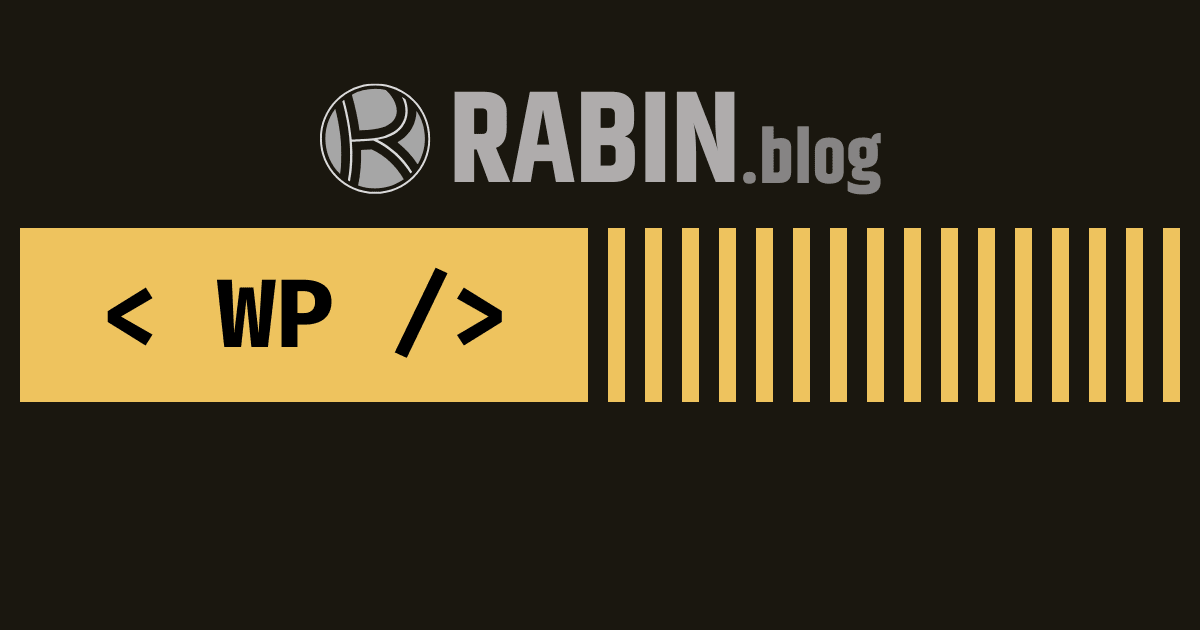How to Remove Unused Post Meta Fields from WordPress Postmeta Table - SQL Query

Are you looking to clean up your WordPress database by removing unused or abandoned post meta fields? Over time, your WordPress database can accumulate meta fields from plugins and themes you no longer use. In this guide, I’ll show you how to safely remove specific meta fields from your wp_postmeta table using a simple SQL query.
Before You Begin
Before executing any database modifications, it’s crucial to:
- Create a complete backup of your WordPress database
- Test the backup to ensure it’s valid and restorable
- Identify the meta fields you want to remove, here is how to identify them.
- Access your database through phpMyAdmin or similar tool
The SQL Query
Here’s the SQL query that will remove specific meta fields from your WordPress database:
Understanding the Query
Let’s break down what this query does:
DELETE FROM wp_postmeta: Specifies we’re removing data from the postmeta tableWHERE meta_key IN (...): Defines which specific meta keys we want to delete- The list in parentheses contains the meta keys to be removed
Implementation Methods
Method 1: Using phpMyAdmin
- Log in to your phpMyAdmin
- Select your WordPress database
- Click on the “SQL” tab
- Paste the query
- Click “Go” to execute
Method 2: Using WordPress Functions
If you want to implement this in a plugin or theme, use the following PHP code:
Important Considerations
Table Prefix: If your WordPress installation uses a different table prefix (not ‘wp_’), modify the query accordingly.
Selective Deletion: The provided query removes ALL instances of these meta keys for ALL posts. To target specific posts, add additional WHERE conditions.
Plugin Dependencies: Ensure the meta fields you’re removing aren’t required by any active plugins or themes.
Performance Impact: On large databases, consider running the query during low-traffic periods.
Why Clean Up Meta Fields?
Removing unused meta fields offers several benefits:
- Reduces database size
- Improves backup efficiency
- Enhances database query performance
- Maintains a cleaner database structure
Best Practices
- Always maintain current backups before database modifications
- Document which meta fields you’ve removed
- Test your website thoroughly after removing meta fields
- Consider using a staging environment for initial testing
Conclusion
Cleaning up unused post meta fields is a valuable database maintenance task. While the process is straightforward, always approach database modifications with caution and proper preparation. Regular database maintenance helps keep your WordPress site running efficiently and reduces unnecessary data storage.
FAQs
Q: Will removing these meta fields affect my site’s functionality? A: If the meta fields belong to deactivated plugins or themes, there should be no impact. Always verify before deletion.
Q: How can I identify unused meta fields? A: Review your active plugins and themes, and use database inspection tools to identify orphaned or unused meta fields.
Q: Is this process reversible? A: No, once deleted, meta fields cannot be recovered unless restored from a backup. Always backup before proceeding.
Remember: Database modifications should be performed with caution. If you’re unsure, consult with a WordPress developer or database administrator.

Comments